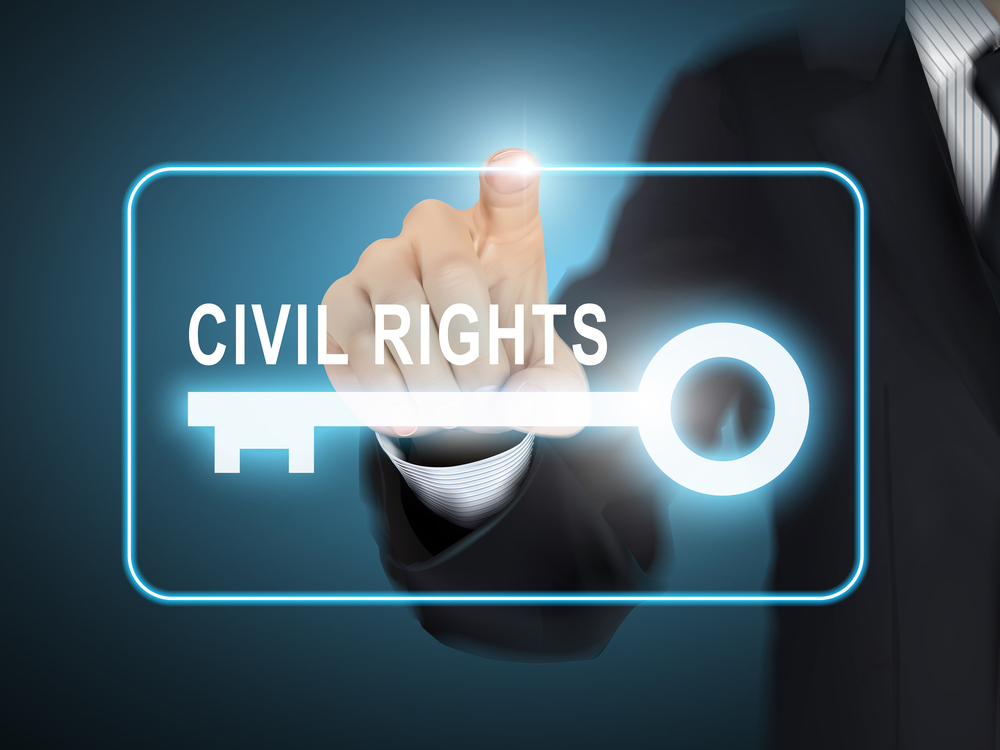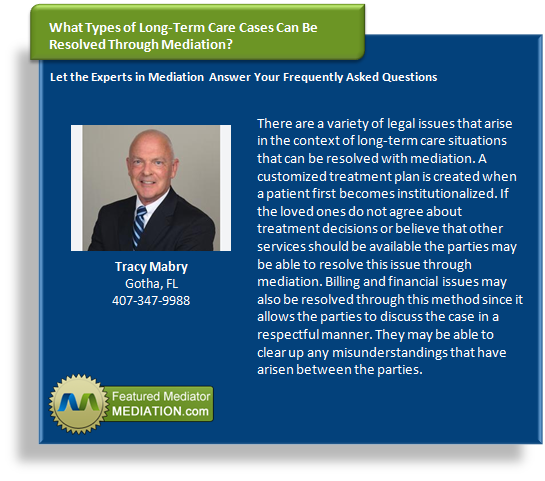
When a person believes that his or her civil rights were violated due to discrimination or harassment on the basis of their race, sex or nationality, were denied housing in violation of Fair Housing laws or otherwise had their state or federal civil rights violated, they may turn to mediation to help resolve these issues. This process involves many different steps, including the following:
Mediator’s Opening
The mediator will explain his or her role as a neutral third party who is there to guide the parties toward an amicable resolution of their legal issues. He or she will then provide ground rules on the respectful communication exchange and outline the process of mediation.
Party Opening
Each party involved in the dispute will then have an opportunity to explain their point of view, tell their side of the story, points of agreement and issues that need to be resolved. They may also express their hopes and expectations for a positive outcome.
Private Discussions
The mediator may separate the parties in different rooms and then meet with them one-on-one. During these meetings, the mediator will evaluate the strength of the case, help the parties understand the possible risks of ongoing litigation or conflict and suggest possible options to resolve the dispute.
Joint Negotiation
During this stage in mediation, the parties may meet together with the mediator to try to identify possible solutions to their legal issues. They may agree on mutual resolutions, such as agreeing not to speak negatively about the other or reinstatement. They can also brainstorm other possible solutions, such as reassignment of a harassing coworker, a public apology, a reference to an employee to help him or her get a new job or the award of severance pay or financial compensation.
Agreement
The mediator will draw up a contract that outlines the agreements between the parties. Each party will then sign the contract and the mediation will end.








